Why are bicycles so expensive?

In the last decade speciality bike prices have gone up by around 75%. One may wonder - what happened and why the sudden price raise in bicycles?
Nowadays, when talking about a good, high-end bike, it's absolutely normal to be expecting something above the 10’000$ mark, some cyclists' bikes cost more than the car they own.
Clearly, one thing we should not forget - there has been a global inflation, so the 1000 dollars in 2021 can’t buy as much as they could have in 2009. Then there is the minimum wage raise, human work has become more valuable and some resources have become harder to get.
Nevertheless, one is clear, the price raise is real, to compare today's bike prices to what it was in 2009, here’s a great example:

Source: U.S. Bureau of Labour Statistics / Hargreaves Lansdown (February 2009–February 2021)
But obviously, during these 12 years the Specialized Tarmac bike has gone through not only inflation, but some serious improvements too, the 2021 bike is better in every way.
It’s more aerodynamic, it’s stiffer, it has better shifting, it stops better thanks to disc brakes, it comes with a power meter as standard and it has tyre clearances unheard of just a few years ago for a race bike, making it fundamentally more versatile.

Despite all these improvements, it’s almost certainly lighter too, although there may not be much in it because the older bike had inherently more feathery rim brakes – it wasn’t difficult to build high-end bikes of that era below the 6.8kg UCI minimum weight.
Speaking of weight, one of the biggest factors in the cost of bicycles is materials. Carbon fiber comes in various forms and grades. The higher the quality of carbon, the greater the cost of sourcing from manufacturers. This includes increased care required during refrigerated transit and cold storage, and the greater precision and attention to detail needed when fabricating new bikes. If a bike manufacturer is also fabricating its own carbon, this cost must be recouped in the sale price of a bike.

One of the factors that sets the big name bike brands apart from department-store and generic bike brands is quality control. Engineers from the well-known brands routinely visit their respective manufacturing facilities to check up on every aspect of the bike manufacturing process.
Reviewing some of the online groups in which bicycle mechanics participate, one of the most-discussed topics is the lack of quality control seen in the materials used and assembly of generic and counterfeit carbon fiber bikes and parts. So, quality over quantity always wins.

To get an opinion “from the kitchen”, we also found some good points from Chris Cocalis, the CEO of Pivot Bicycles. He says that it’s not fair to compare cars and bicycles — or even motorcycles and bicycles — because the bike world innovates at a pace that’s a lot closer to the evolution of iPhones than that of motorized transportation. New bike designs and bike components debut annually. Meanwhile, you can look at the suspension parts on a car, and they’ve gone virtually unchanged for years. Car body styles alter about every three years, but engines might remain the same for a decade or more, when in new technology bicycles, the engineers don’t just buy new parts, they have to invent them from zero.
Also, car parts aren’t built to anything close to the surgical perfection of many bike components. “It takes about 1,500 people to make about 15,000 frames per year for high-end brands using the highest-end processes,” Cocalis explains.

“In many ways,” he continues, “every high-end bicycle is like an exotic high-end car.” Those 15,000 frames stack up to the rough volume of carbon fiber-bodied exotic sports cars built worldwide in a given year. And, he says, “just like the body panels and frames on these exotic cars, every single carbon mountain bike frame is made by hand in limited quantities with high tooling and engineering costs.”
Ok, but how about motorcycles, right? They seem quite similar, yet there's so much technology in them and you could easily find a good ride for 10’000$. But does any motorcycle with a carbon frame, carbon wheels and suspension components on par with what comes on a high-end mountain bike even exist? Yes, it does. It’s called the Ducati Superleggera V4. It matches up quite well — and it costs about $100,000. So if we converted the materials and technology of a good bicycle into a similar motorcycle, the price would proportionally go up as well.

But in terms of the world's most expensive bicycles, it’s not so much about the technology and engineering and years of studies, but more about the materials, you know, like gold, alligator skin and butterflies, yes, that’s right - butterflies. Whoever buys these bikes love the idea about them, the history or the purpose, not the brake system or super light frames.
So let’s have a quick look at the world's top 3 most expensive bikes, that most probably like a piece of art.
1. Coming in first place is the “24K Gold Extreme Mountain Bike”, which is designed and launched by Hugh Power, this is the world's most expensive bicycle in the market costing a million dollars! Also known as the “Beverly Hills Edition” or “Fat bike” with the framework made of 24k pure gold, this bicycle is less of a vehicle and more a work of art.
There are also several high-tech features incorporated in the body, and each part of the bicycle is electroplated and certified. Customized emblem, diamond embellishments, chocolate brown seats made of alligator skin are some of the artistic features that add on to the design’s extravagance.
2. Coming in second place is the Trek Butterfly Madone which costs around a whopping $500,000!
Imagine a bicycle which literally gives you wings! With this one, you get just that.
This bicycle is an artwork decorated in pink and purple pattern by Damien Hirst and it was bought at an auction for that price.
Although it’s beautiful, some animal rights activists called it barbaric due to the fact that the bike utilized real natural wings from butterflies.
This Butterfly Madone – one of the most expensive bicycles, was sold at an auction and the profits collected were donated to raise funds for the Lance Armstrong Foundation, a cancer benefit program.

3. You would think that a bike that’s mostly plated in gold would be the most expensive bicycle here, but no, this beauty can be yours for only 393’000$! This bike is a handcrafted and gold-plated racing bicycle from Rolls Royce. You will be totally amazed by this bike because everything from the handlebars to the wheels and the seats is covered in 24K gold.
The bicycle’s body has a stunning look. The framework shines brighter than the sun, feels super comfy thanks to the fine leather seating and is also adorned with diamonds and other precious stones.

The lightweight carbon frame engineers would probably have something to say about the weight of this piece, right?
But to conclude the neverending problem where consumers want to buy the bike cheaper than the manufacturer is willing to sell it for, the main reasons for bikes to be so expensive are materials, quality, hand crafted details and constantly evolving technology that requires the engineers to invent the details from zero. And if you’re not an amateur racer or a pro racer, and you just want to have a leisurely ride with your family or through the city, you can definitely opt for the budget versions, where it’s sometimes hard to feel the difference between 500$ or a 700$ bike.
Still, there is definitely space for discussion, so leave your opinion in the comments!
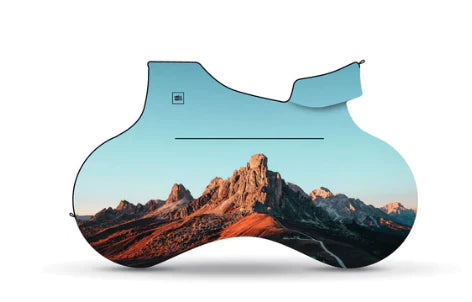
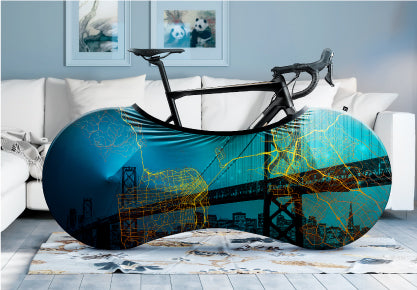
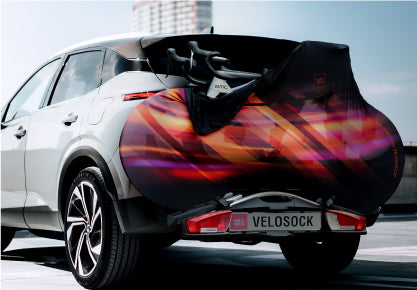
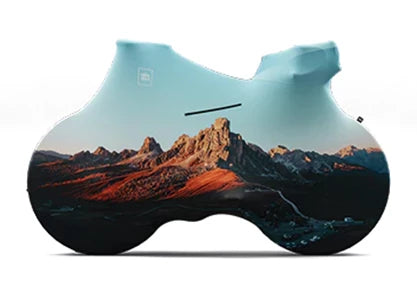


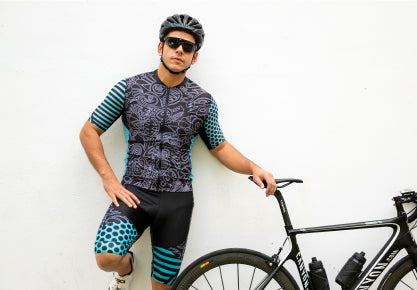



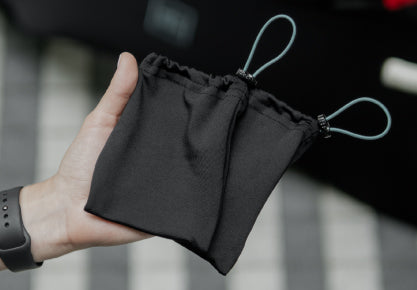


















Leave a comment